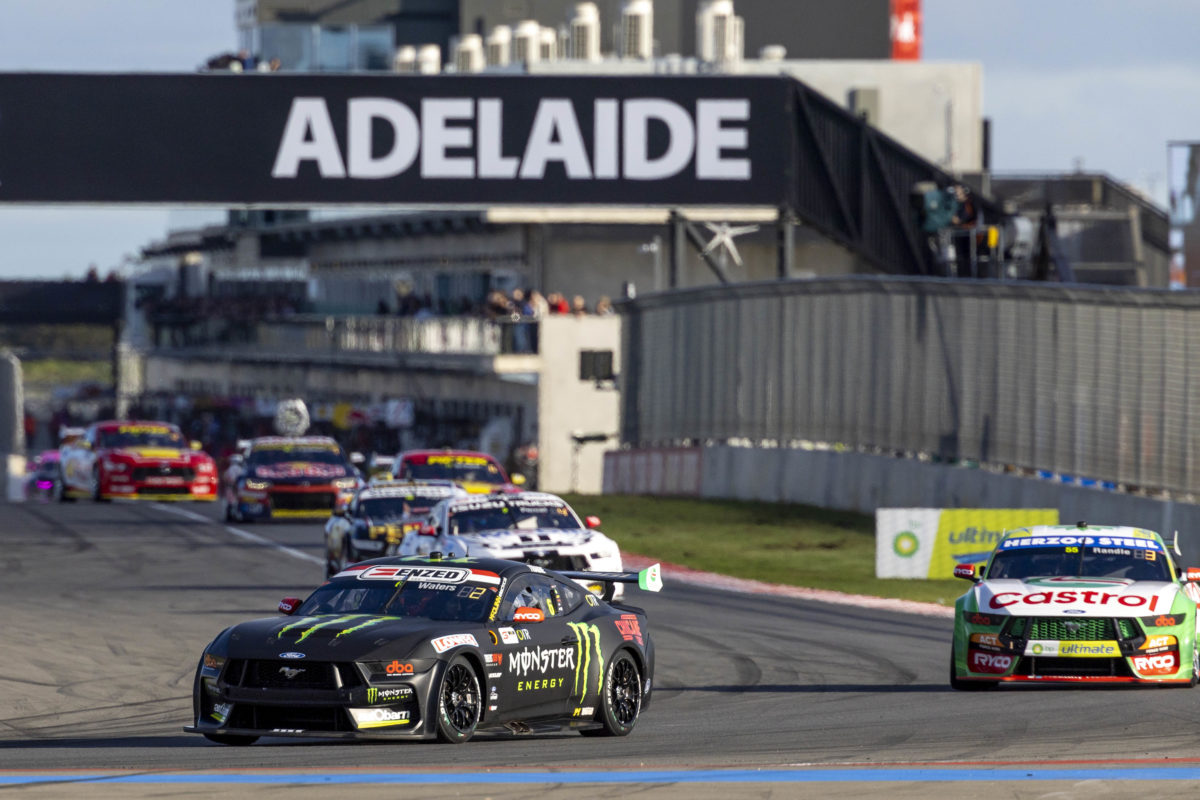
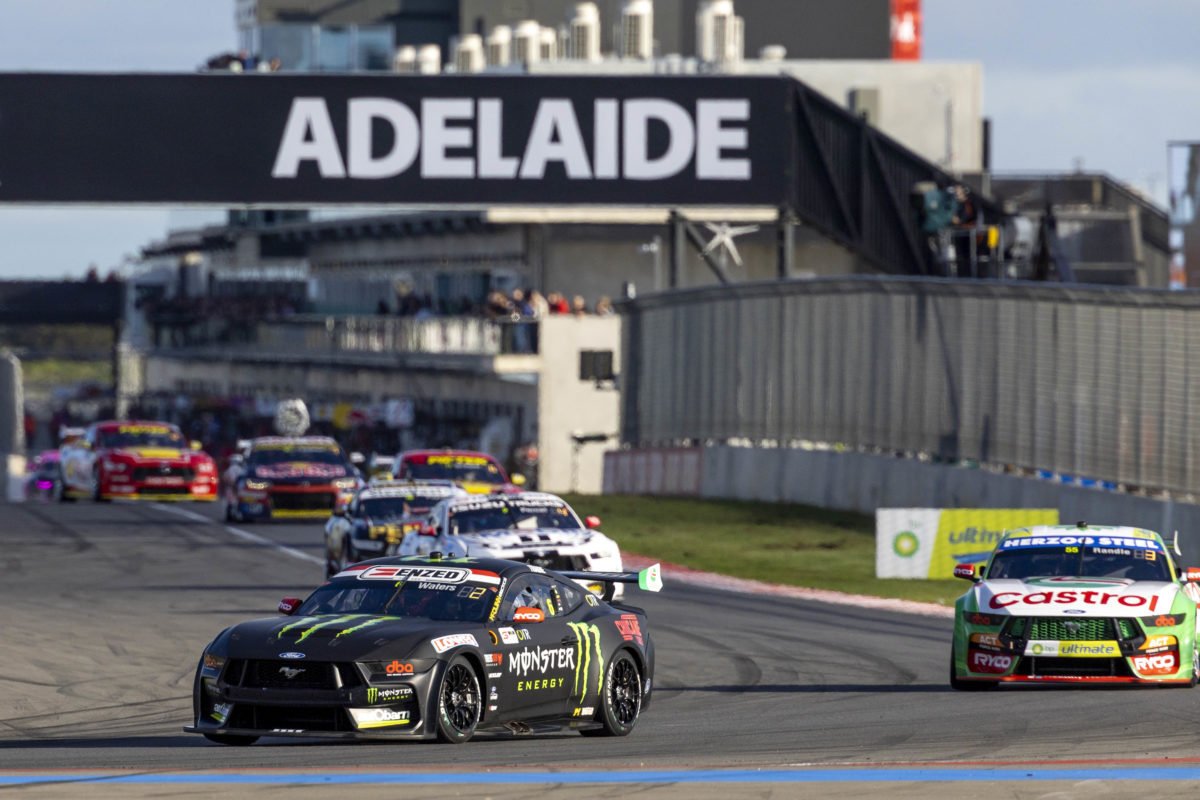
The 2024 Supercars Championship is set to be contested by 10, two-car teams and a single four-car outfit, and that is the subject of this week’s Pirtek Poll.
Tickford Racing has confirmed that it will downsize to two Ford Mustangs next year, facilitating the Blanchard Racing Team’s expansion to two given the charters which will be freed up.
While the benefits of a multi-car team as opposed to single- are obvious, it is noteworthy that both cited enhanced competitiveness as a reason in their announcements.
In fact, according to Tickford Team Principal Tim Edwards, “The sole motivation behind the decision is to focus all the team’s energy and resources toward again becoming a Championship-winning team in the 2024 season and beyond.”
Ironically, though, the Campbellfield squad’s sole championship title, and both of its Bathurst 1000 victories, came when it functioned as a four-car team, including customers (Team 18 in 2013 and 2014, then Super Black Racing in 2015).
That point noted, two-car teams are the overwhelming norm in Supercars and have been for decades.
In fact, only once in the last 38 years has a single-car outfit won the drivers’ championship, when Glenn Seton did so as an owner-driver in 1997.
Three- and four-car teams have also done so – the number varies depending on how one treats the HSV Dealer Team in 2006 and 2007 (when owned independently of but closely aligned with the Holden Racing Team of the day) – but not nearly as often as two-car teams.
How much of that is correlation and how much is causation – noting that it stands to reason that two-car squads are more often victorious as they are more plentiful – is essentially the question here.
Triple Eight Race Engineering won two drivers’ championships, two teams’ championships, and a Bathurst 1000 during its three years as a full-time three-car operation (noting that it was separate two- and one-car teams for the purpose of that title), from 2016 to 2018.
However, it has won nine teams’ championships, eight drivers’ championships, and eight Bathurst 1000s as a two-car outfit (occasionally with a Bathurst 1000 wildcard on the side).
Its three years as a trio ultimately came down to a desire to hold on to Craig Lowndes (and Jamie Whincup) while snapping up future champion Shane van Gisbergen, but foundation Team Principal Roland Dane’s preference has generally been two cars, perhaps four.
Three cars is arguably the worst of all worlds.
It creates complexity in the operation while missing out on economies of scale because a second transporter and second set of crew is required for just the one car, and usually involves sharing a pit boom with a rival.
One car is also more difficult due to lack of data – a problem which can be overcome somewhat by alliances with other teams – and an inability to share resources across multiple entries.
However, does four cars spread resources – including key personnel – too thin? Does it make the operation too difficult to coordinate?
Business theory teaches us that operations can sometimes grow too big and become less efficient.
In Supercars – and other categories which are not particularly strict with respect to team composition (IndyCar, for example) – though, the evidence is mixed.
The Walkinshaw Holden Racing Team dominated at the turn of the century as the two HRT-branded Commodores plus a ‘Holden Young Lions’ (HYL) entry.
As noted above, Tickford has been its most competitive when it so happened to be two FPR/Prodrive entries plus the ‘Rod Nash Racing’ car and possibly customers, and Triple Eight’s biggest challenges during its three-car period came not from within but rather the rise of DJR Team Penske.
Furthermore, the only team which is set to be anything other than a two-car operation next year, namely Brad Jones Racing, is performing as well as it ever has.
Andre Heimgartner is seventh in the drivers’ championship and Bryce Fullwood ninth, with the R&J Batteries- and Middy’s-backed Camaro entries collectively third in the teams’ standings.
Worth noting also is that Tickford’s leading pair of cars, the Mustangs of James Courtney and Cameron Waters, are currently the top Ford ‘team’ for the purpose of that title in fourth on the table.
Years earlier, he had opined that some larger teams had been, in his own experience, “a disaster” due to disorganisation and lack of communication; whether he was referring to the debut season for Tickford (in its Ford Performance Racing era), his 00 Motorsport days, or maybe even HRT/HYL (highly unlikely though that would be) was left open to speculation.
An extra car or two can, however, bring in extra funding and is an opportunity to blood young talent – drivers or crew.
On the other hand, a Super2 programme, for example, could achieve the same objectives.
What do you think? Is a two-car team the key to success, or are other models just as feasible? Cast your vote below in this week’s Pirtek Poll.




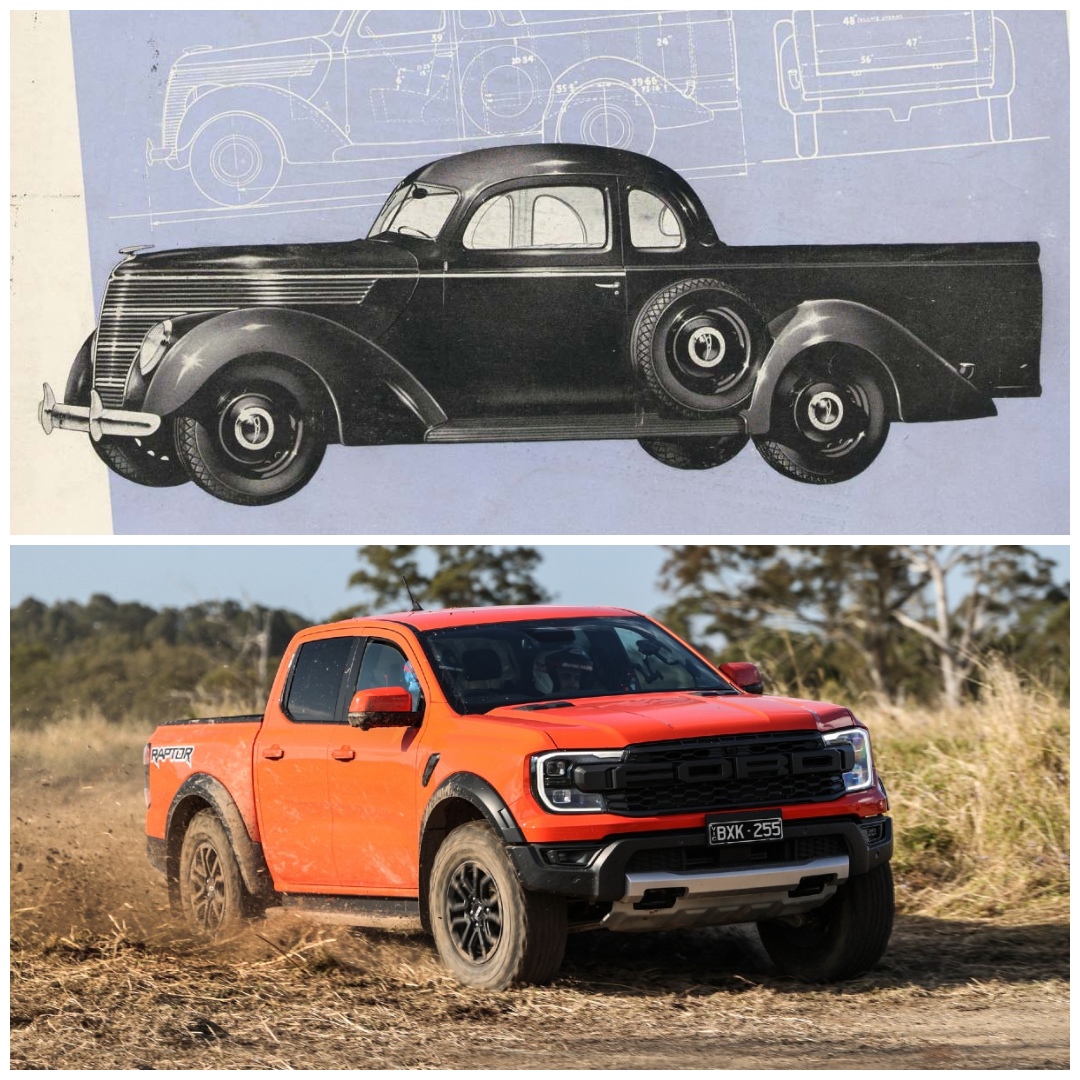
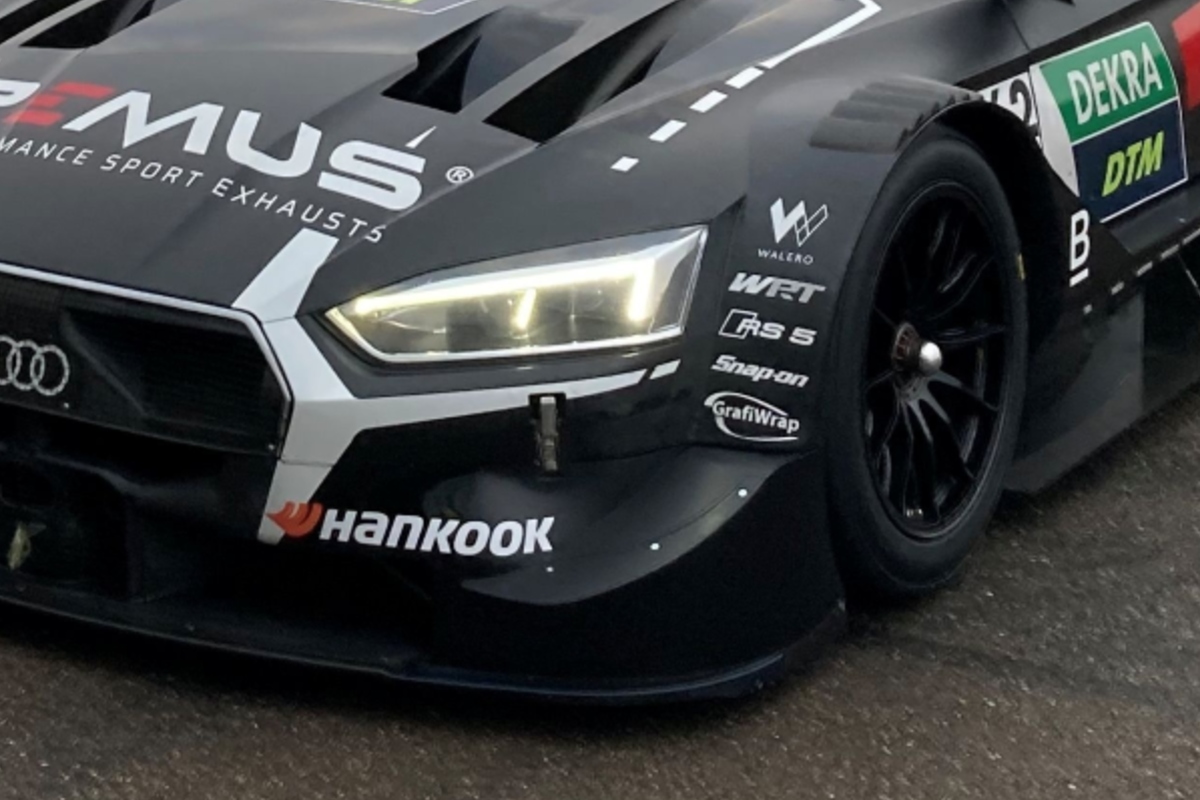
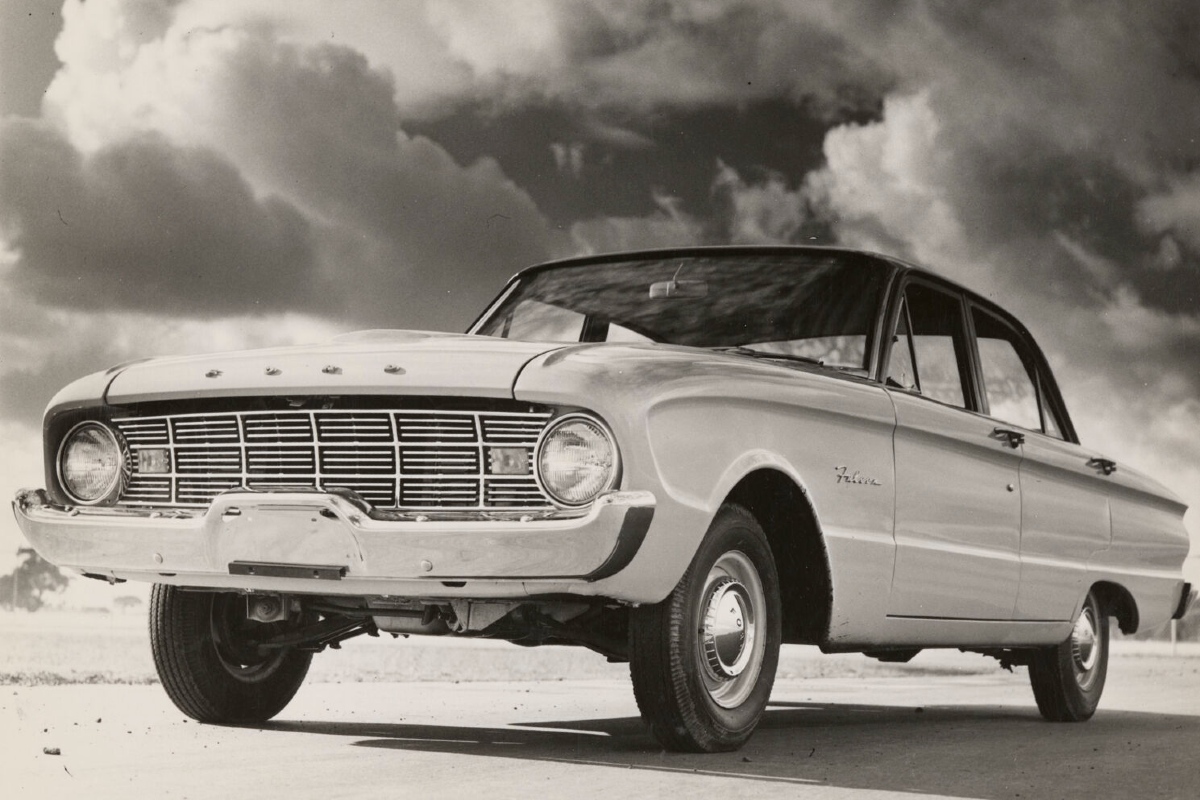
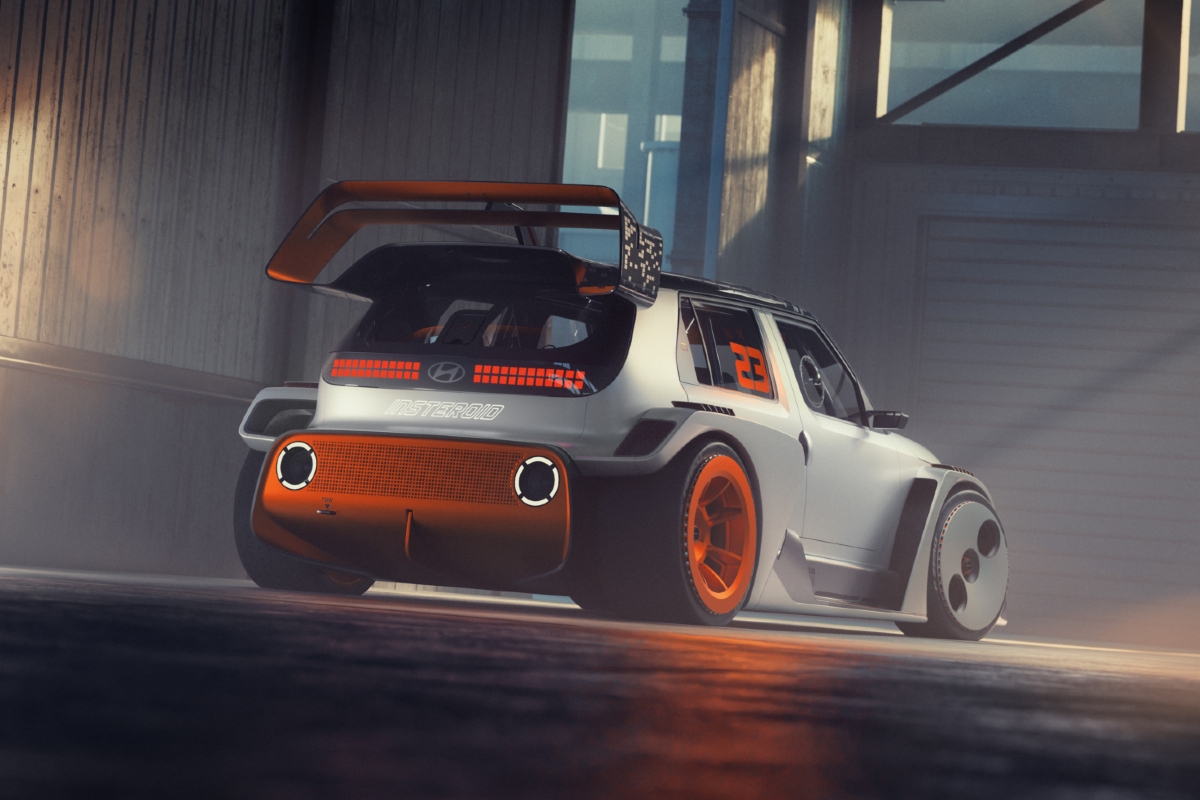

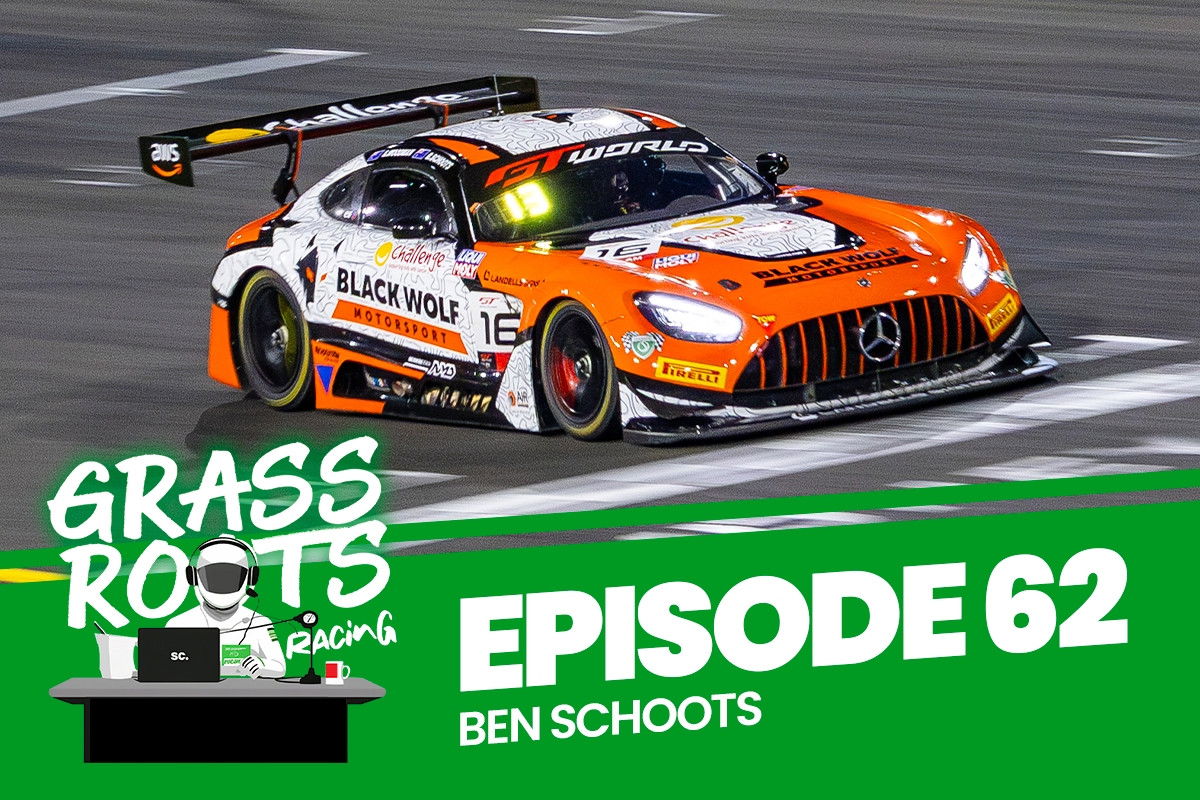










Discussion about this post